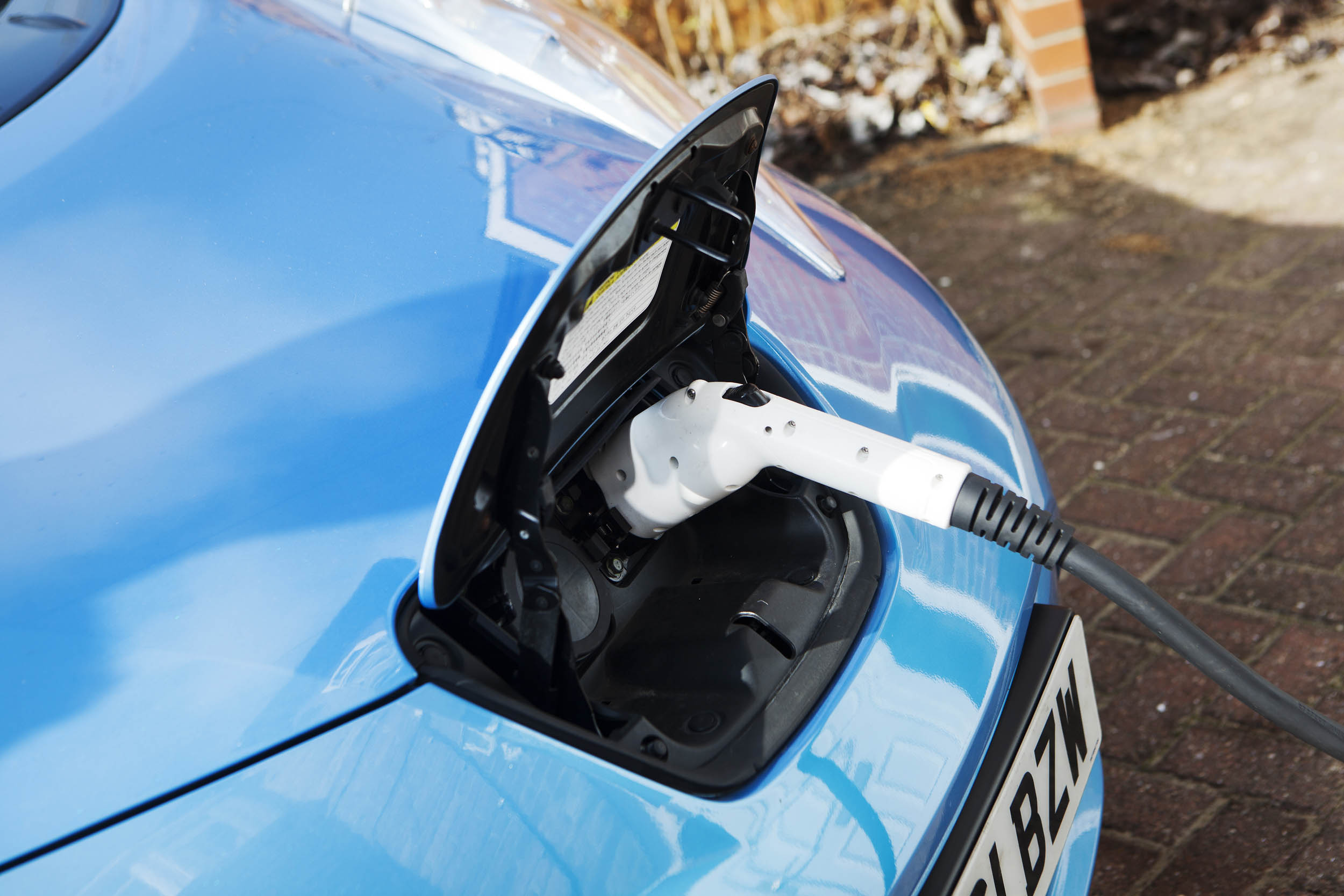CarConnect To Harmonise Home Plug In Vehicle Charging
CarConnect, a pioneering project that will help the electricity industry better understand how plug-in electric vehicles charge at home in harmony with the electricity grid, is now underway in the UK

Electric and plug-in hybrid cars are becoming a practical choice for drivers, with the variety of makes and models available on the market continuing to increase. In the last two years alone, the UK has seen a 716% increase in PIV registrations. With increases in battery size and charger rating, PIVs and hybrids are set to become commonplace, with a widening mass appeal. By the early 2020s there could be as many as one million ultra-low emission plug-in-vehicles on UK roads. This is all good news for air quality and the environment.
It is known from other projects that clusters of PIVs will have an impact on our local electricity networks; this impact needs to be managed. Analysis shows that by 2050 the electricity industry in Great Britain may have to invest an additional £2.2billion to upgrade electricity supply infrastructure to customer premises owing to the additional demand from plug-in-vehicles. 2050 seems a long way away from where we are today, but this investment needs to start in the early 2020s as plug-in-vehicles become more popular.
CarConnect is hosted by Western Power Distribution (WPD), the distribution network operator (DNO), and delivered by EA Technology, Drive Electric and Lucy Electric Gridkey. TRL will take on a project oversight role, on behalf of WPD. Funded through the Network Innovation Allowance, CarConnect will find solutions that could avoid the need to replace electricity substations and cables to customers’ homes and workplaces, saving significant cost and disruption to customers.
The project will run for three and a half years and will:
• Develop and deliver an electricity network modelling tool that will enable Western Power Distribution to identify which parts of their network are susceptible to plug-in-vehicle loads and to assess solutions to avoid network reinforcement works.
• Develop a method for monitoring the effect of plug-in-vehicles on low voltage networks that will inform the network modelling tool development.
• Recruit and manage a mass-market customer trial to prove the technical/economic viability of plug-in-vehicle/V2G demand control to avoid or defer network reinforcement.
Set to be the largest PIV project in the world, CarConnect will be working with up to 700 EV drivers in its trials to ensure that such systems are acceptable.
“Distributing all the energy required for plug-in-vehicles would significantly alter how our network operates” says Roger Hey, Western Power Distribution’s Future Networks Manager. “CarConnect will provide us with the tools to model, monitor and act to minimise the impact of growing plug-in-vehicle electricity demand on customers’ bills.”
“There’s a great deal of talk about vehicle-to-grid technology, and, if market conditions allow, the CarConnect project will offer the trial platform for this technology too” says Dave A Roberts, Smart Interventions Director at EA Technology. “CarConnect could evaluate the benefits that V2G chargers in customer’s homes might bring to distribution network operators, in reducing the need to invest further in networks.”
Denis Naberezhnykh, Head of Ultra Low Emission Vehicles at TRL added: “DNOs need to start considering how plug in vehicles and charging infrastructure can be an active part of their network and be managed intelligently in order to minimise potential adverse impacts on the network. This project will enable them to develop tools for doing so and validate their effectiveness in the real world.”
Mike Potter, Managing Director of Drive Electric Ltd, observes “As ever more desirable electric vehicles become available, their widespread adoption is now almost certain. The smart technology and expanded understanding of PIV charging this project will develop helps ensure PIVs have a positive role in the energy network.”
Roger Hey responds “In our own homes an extra 3kW or 7kW is a significant, but manageable electricity load, no more than what a kettle or double-oven might use – it’s the time that a vehicle is charging that makes the difference – a full charge for a high-end plug-in-vehicle could take 8-10 hours, even with a 7kW charger.”
CarConnect will develop and investigate whether PIV demand control services, that can reduce stop or even reverse charging at certain times of day, can be delivered in a way that meets drivers’ needs for charge for journeys, sharing charge constraints out amongst a wide group of customers and using vehicle-to-grid systems to help in balancing supply and demand.
CONTACT
Stephen Holmes
EA Technology Ltd
sales@eatechnology.com
www.eatechnology.com
+44 151 339 4181
Tuesday 17 May 2016 / file under Utilities | Transportation | Power | Automotive



